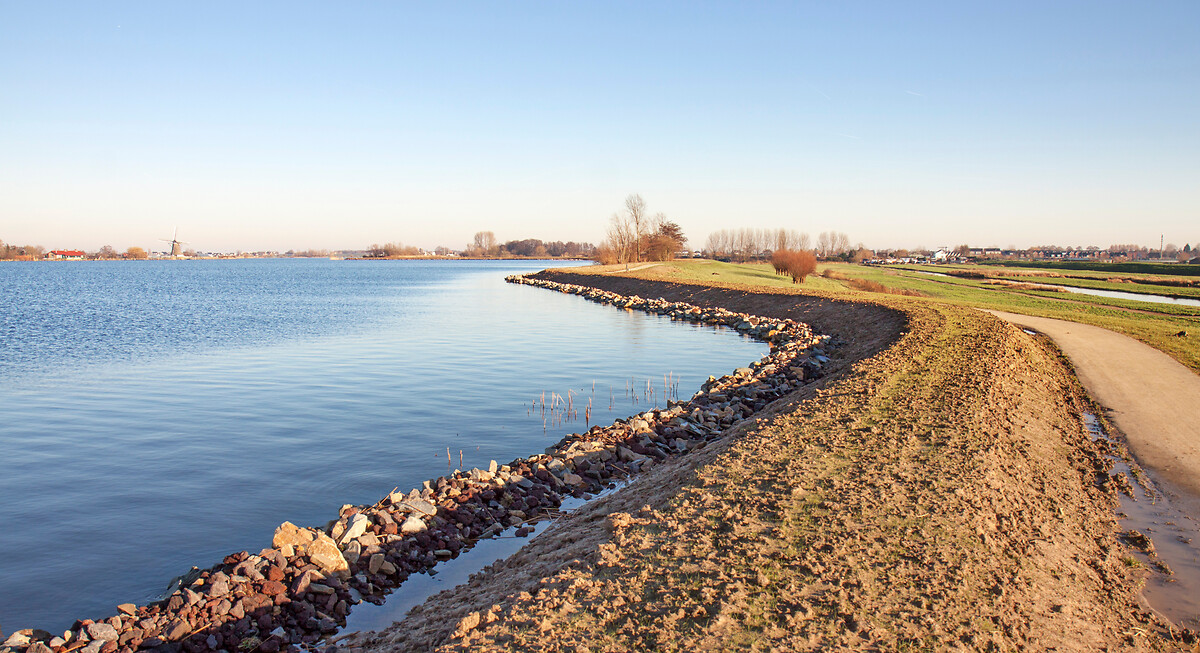> Tags: Climate resilience, Planning, Regulation, Sea-level rise
> Theme: Climate change
> Countries: Belgium, Netherlands
> Last updated: 04 June 2020
Download PDFPolicy in practice
Even with the best possible information, sea-level rise is among the most uncertain of climate change impacts, both in terms of the timing and magnitude of hazards at the regional level. Robust planning for sea-level rise requires a dynamic, forward-looking approach to planning and regulation that explicitly deals with uncertainty to address the changing pace and magnitude of climate impacts.
The Belgian Sigma Plan was designed in 1977 to protect the coastline of the Scheldt and its tributaries from storm-surge floods. An update was implemented in 2005, as the original plan was insufficient to provide protection for current and likely future sea-level conditions. The revised programme increased the baselines of its protection measures and established controlled flooding areas to allow overflow water to flood during storm surges if needed. A number of potential additional measures have been designed for after 2050 in case they are needed to address sea-level rise that is higher than anticipated.
The Delta Programme in the Netherlands is using “adaptive delta management” to develop flexible strategies that link short-term decisions with long-term needs. This approach identifies multiple potential strategies (“adaptation pathways”) that can be alternated between and the first steps make sense under every scenario (“no regret” measures). The circumstances under which it would be logical to move from one approach to another depending on actual sea-level rise developments are studied, along with how options can be kept open to actually enable that transition. The approach has already been applied in several Delta sub-programmes, such as in the Rhine Estuary-Drechtsteden.
Key policy message
Robust adaptation requires sophisticated decision-making processes that proactively plan for different scenarios of sea-level rise impacts.



